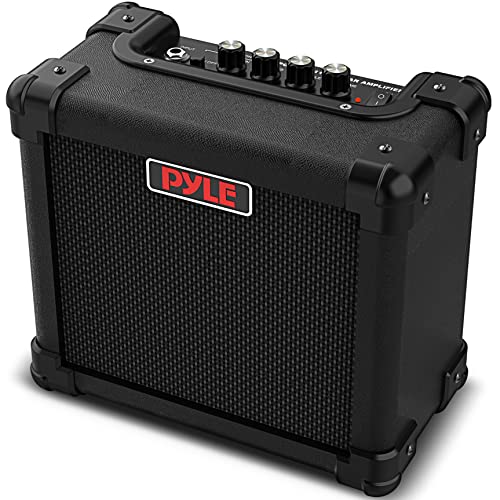Any way you can advise on a MK IV. I have the power board lifted. I only had to desolder one wire going to the switch. Getting to the underside of the 3 500V 30uf and bias caps looks challenging.Thanks[/quote]
I usually cut the leads on the old caps,so I have enough lead to put a heat sink on the lead left on the board so not to have to put heat on the pads on those PCB's,a little too much heat and you're adding jumper wires.I then twist the lead of the new cap to the lead left on the board,add a heat sink between the cap and solder point and solder.The Mesa PCB's are a bit better than some others,like the new Fender PCB's,those are very fragile.
I usually cut the leads on the old caps,so I have enough lead to put a heat sink on the lead left on the board so not to have to put heat on the pads on those PCB's,a little too much heat and you're adding jumper wires.I then twist the lead of the new cap to the lead left on the board,add a heat sink between the cap and solder point and solder.The Mesa PCB's are a bit better than some others,like the new Fender PCB's,those are very fragile.



















